Seagate launching 32 TB hard drives later this year and 50 TB on the horizon
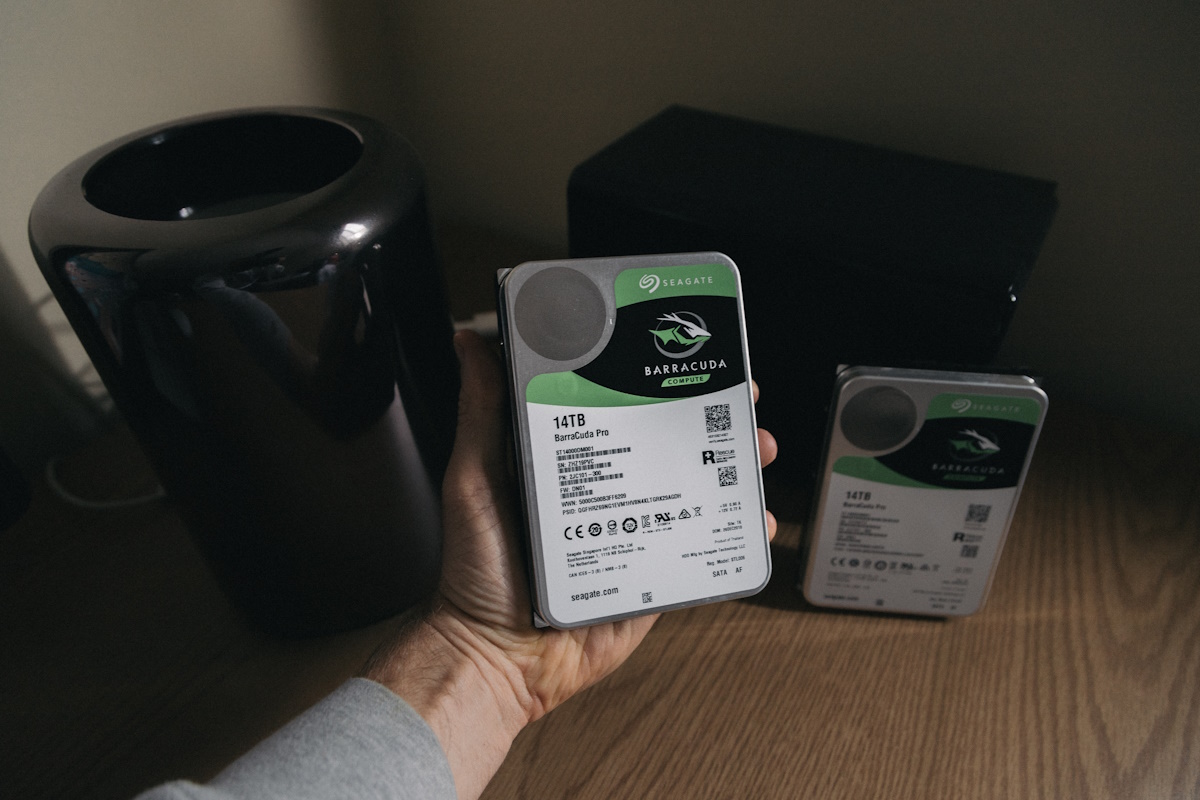
Remember the first hard drive that you bought? Hard drives have come a long way since the 1980s, when the first Gigabyte-sized hard drives hit the market.
Computer users have two main options today when it comes to internal storage: buy Solid State Drives, which beat platter-based hard drives in all fields but storage, and classic platter-based hard drives, which may offer way more storage than SSDs.
Currently, computer users may purchase 20 or 22 Terabyte drives for their devices, with prices starting at around $300 depending on maker and model.
Soon, the first 30 terabyte hard drives will become available, increasing storage capacities by 8 terabytes. Seagate announced plans recently to release its first 30 terabyte hard drive in the third quarter of 2023. The drive uses Seagate's Heat-Assisted Magnetic Recording (HAMR) technology and consists of 10 disks and 20 heads according to Seagate.
The company has plans to extend storage to 36 terabyte and 40 terabyte in the near future, and is testing 50 terabyte drives in lab already as well.
Gianluca Romano, Seagate's Executive Vice President and Chief Financial Officer, confirmed at the Bank of America 2023 Global Technology Conference on June 7, 2023, that Seagate shipped HAMR hard drives for qualification already and that it is usually taking several months. Seagate expects to see these making an impact on revenue in the next three to four quarters.
Romana provided additional details on the HAMR technology during the call: "When you go to HAMR, our 32-terabyte is based on 10 disks and 20 heads. So same number of disks and head of the current 20-terabyte PMR. The following product will be a 36-terabyte and will still be based on 10 disks and 20 heads. So all the increase is coming through areal density. The following one, 40-terabyte, still the same 10 disks and 20 heads. And also the 50, we said at our earnings release, in our lab, we are already running individual disk at 5 terabytes".
He notes that the technology allows Seagate to increase capacity "without increasing the cost per unit". Seagate plans to stop developing Perpendicular Magnetic Recording (PMR) technology hard drives after the release of 24 terabyte capacity drives. Shingled Magnetic Recording (SMR) technology hard drives will stop at 28 terabytes, and everything above those capacities Seagate plans to be HAMR-based.
Seagate has not revealed pricing at this point, but hard drives with larger capacities are usually sold at a premium. The release of the first HAMR-based drives could drive the pricing of lower capacity hard drives down a bit. This would not happen overnight, but once the new capacity hard drives became available in sufficient numbers, it could reduce the price of 20 terabyte and lower capacity drives.
The average cost per Gigabyte has gone down since 2017, according to Backblaze, but has slowed down since 2020. The price per gigabyte dropped below $0.015 for the first time in 2021 for 14 terabyte drives and for 16 TB drives in 2022.
Large capacity hard drives are attractive to the industry and home users alike. Storage requirements have gone up in several key areas, including gaming and media. A single computer game may require hundreds of gigabytes of storage, or even more nowadays. While it may not be ideal to place these games on the slower platter-based drives, it may not make much of a difference depending on the type of game.
The rise of 4K video has also increased the requirement for large capacity hard drives. A single hour of playtime of 4K video takes up around 20-22 GB of storage already, with 8K video increasing that to 36-38 GB.
Now You: would you buy such a large capacity hard drive, if it would be priced reasonably?



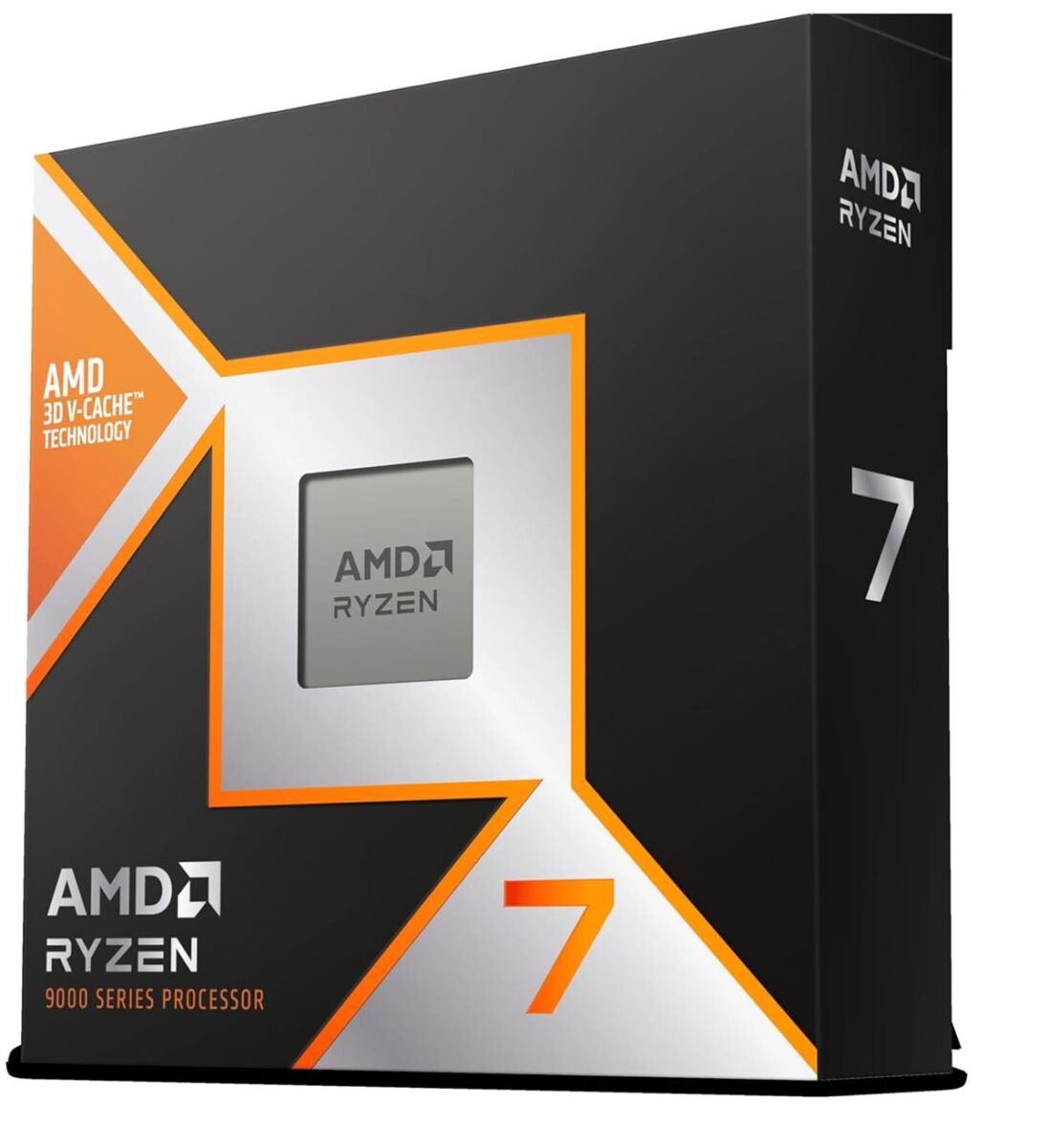
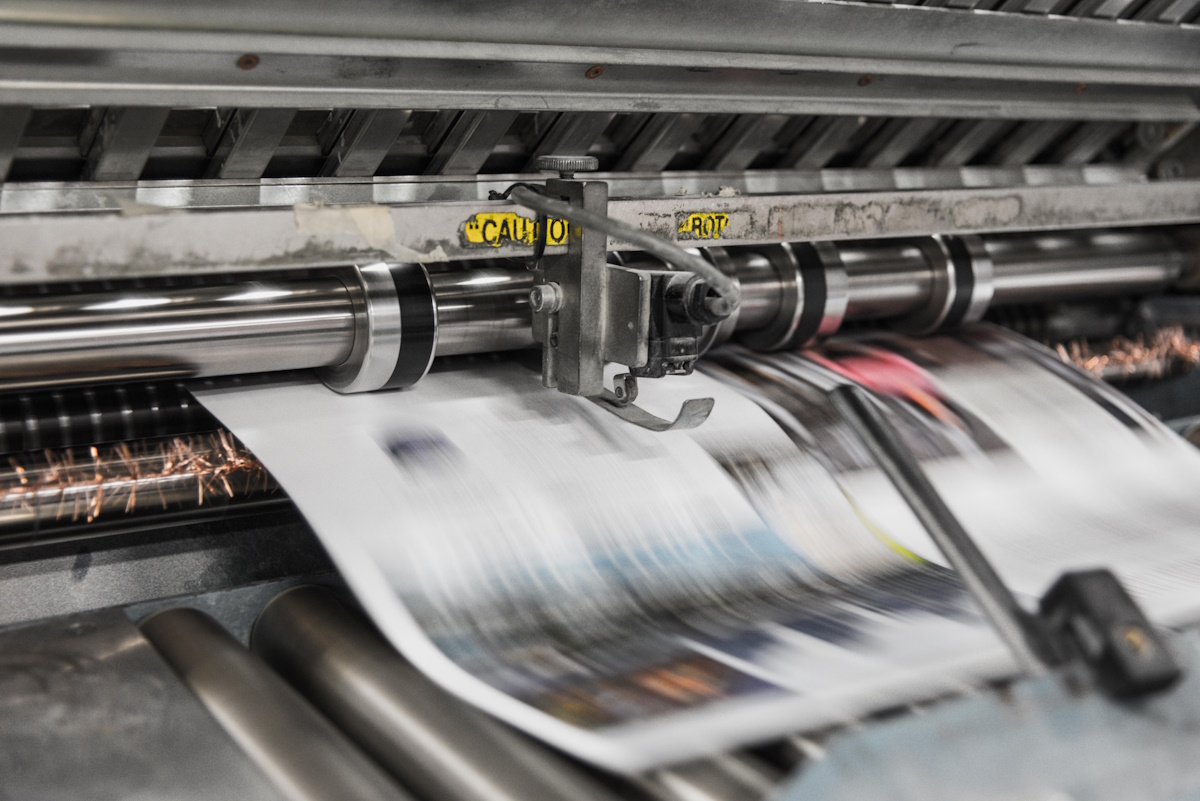
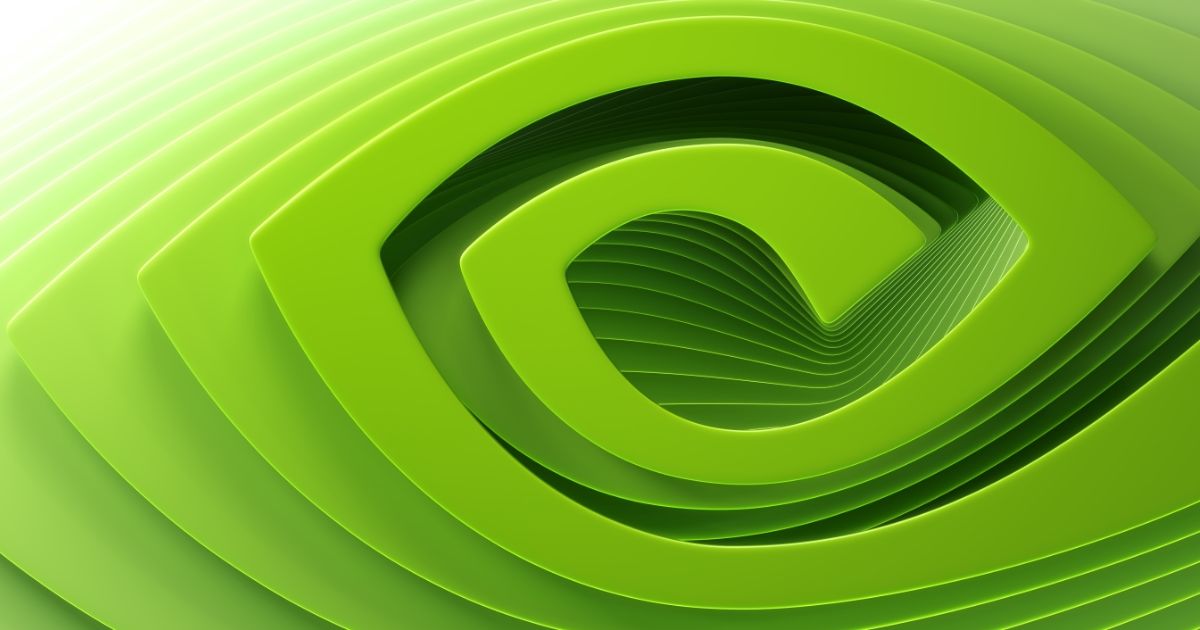
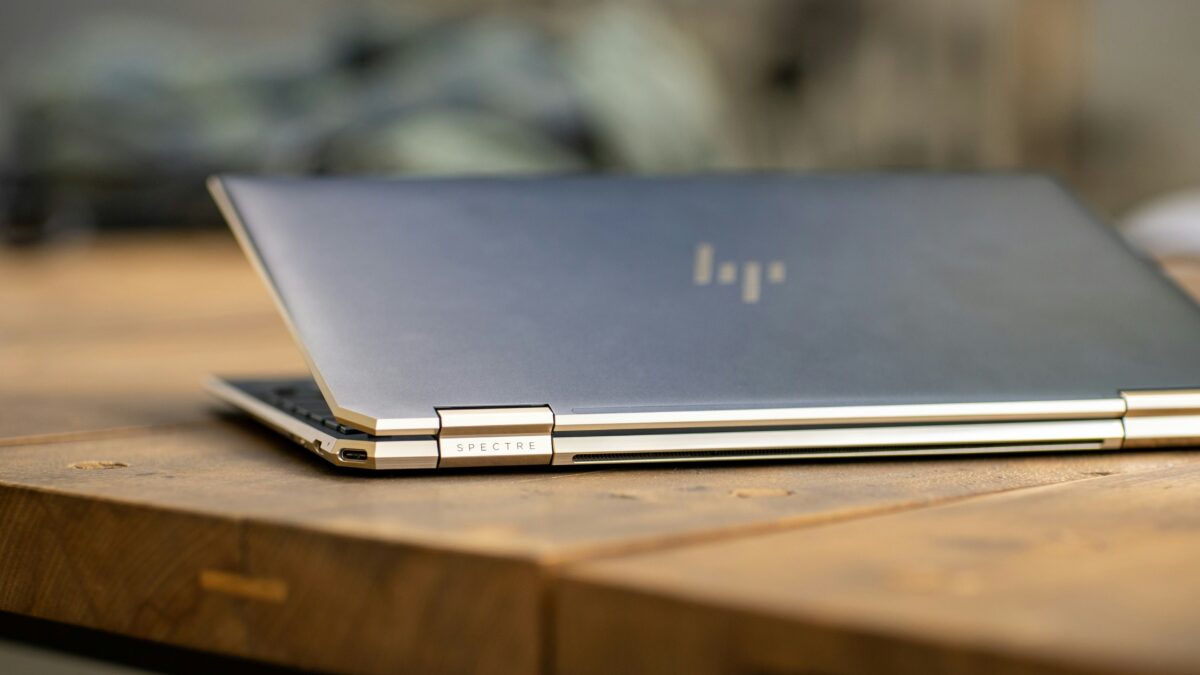
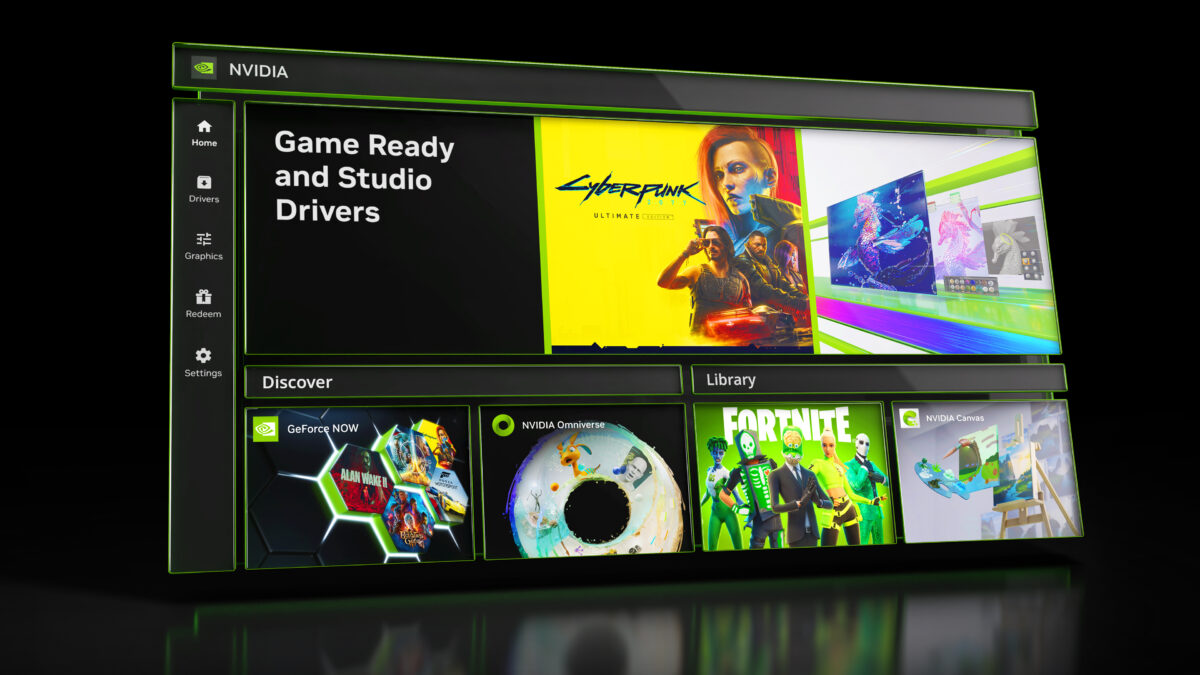
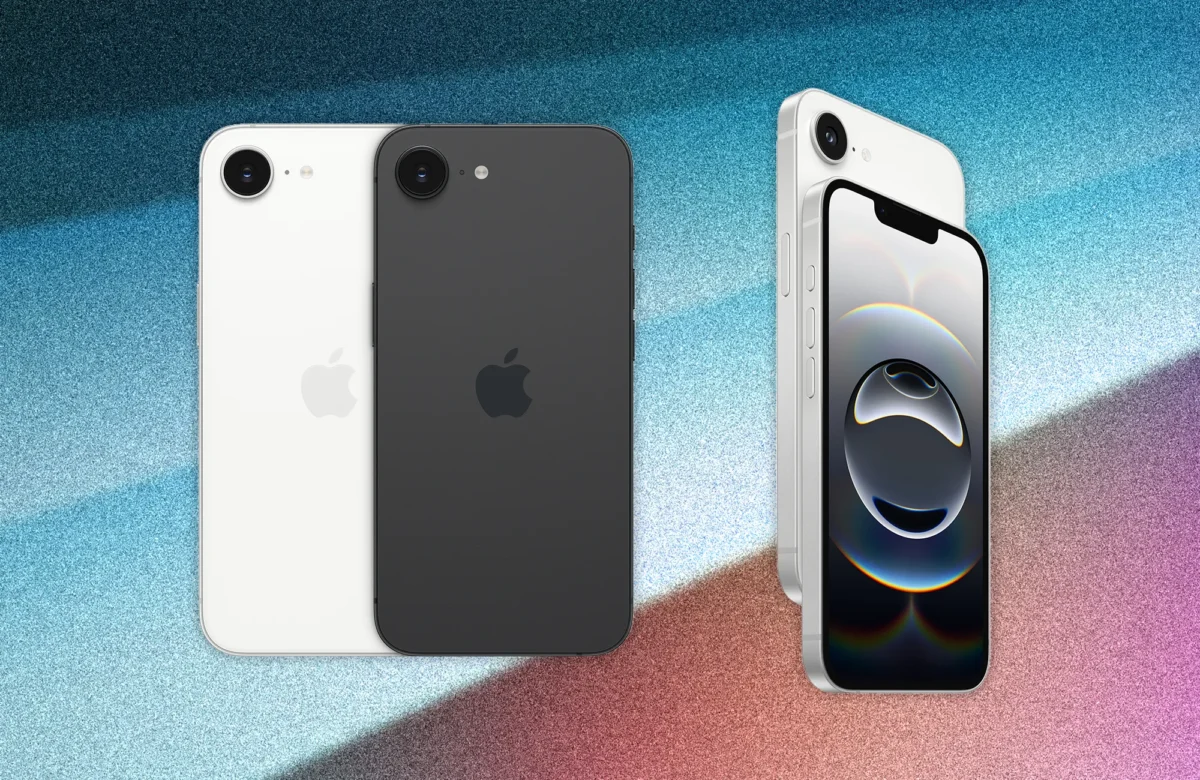
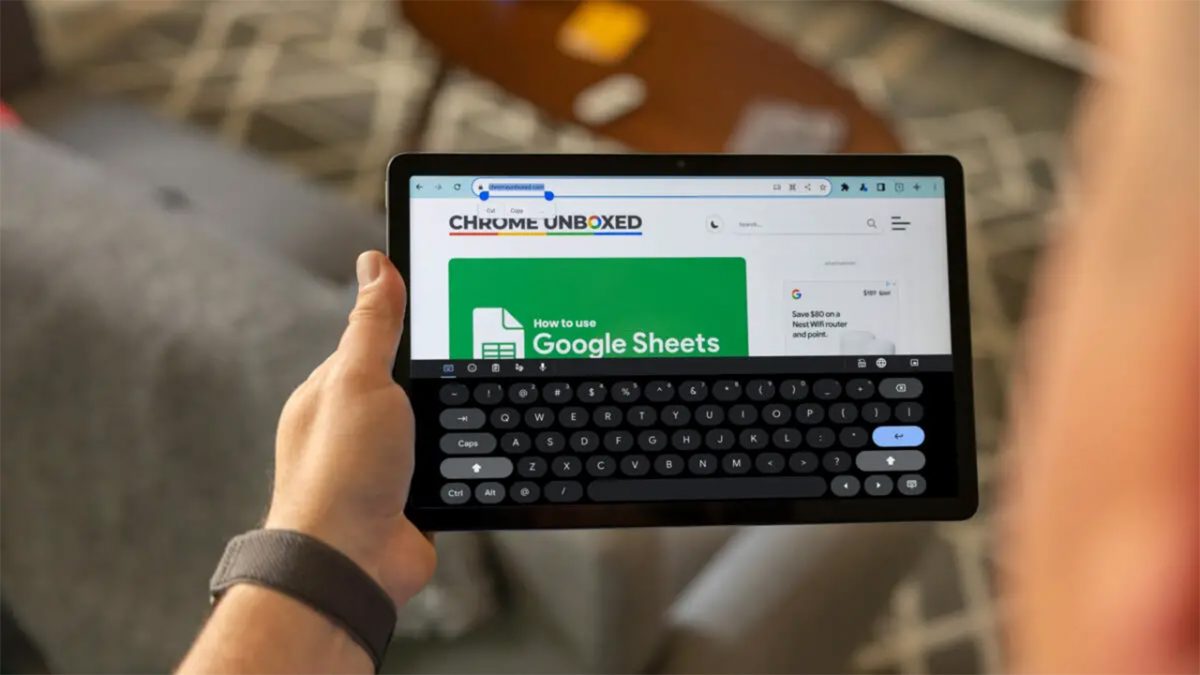
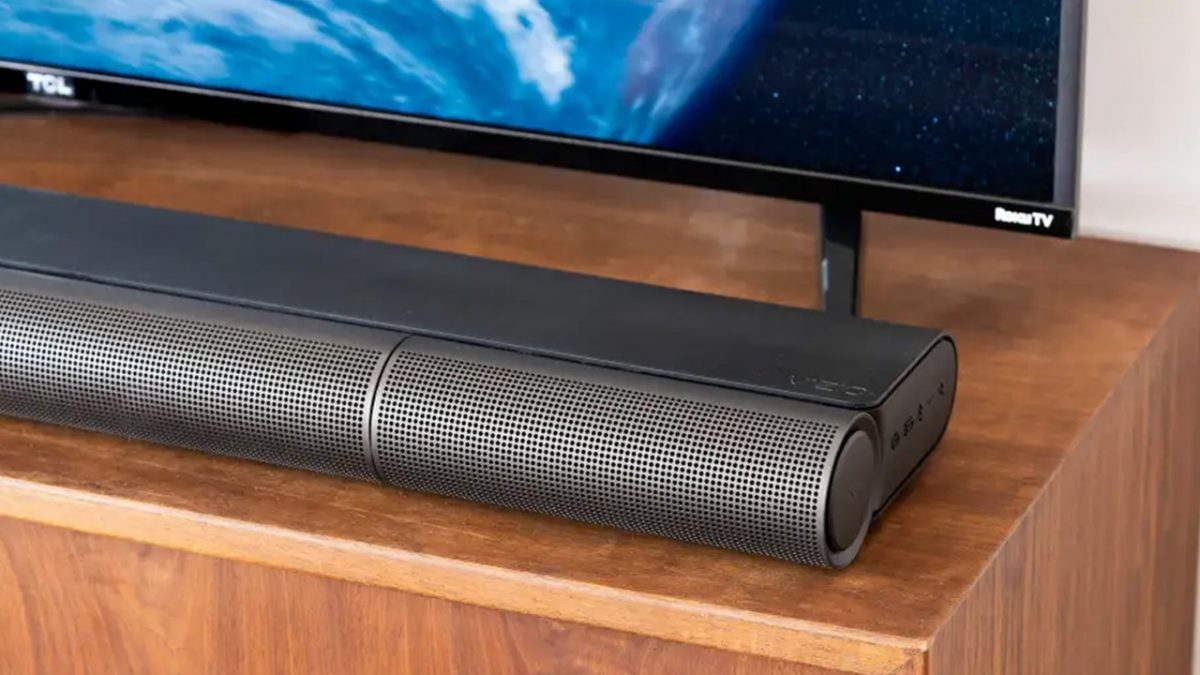
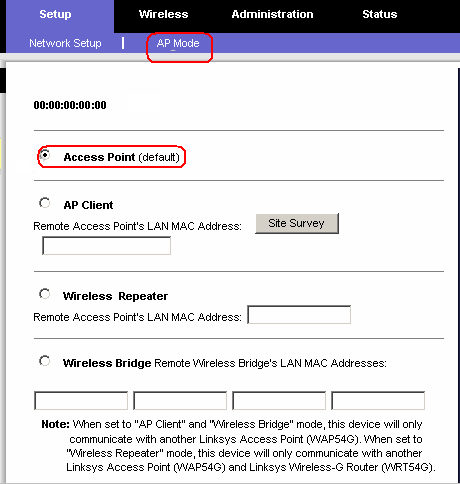
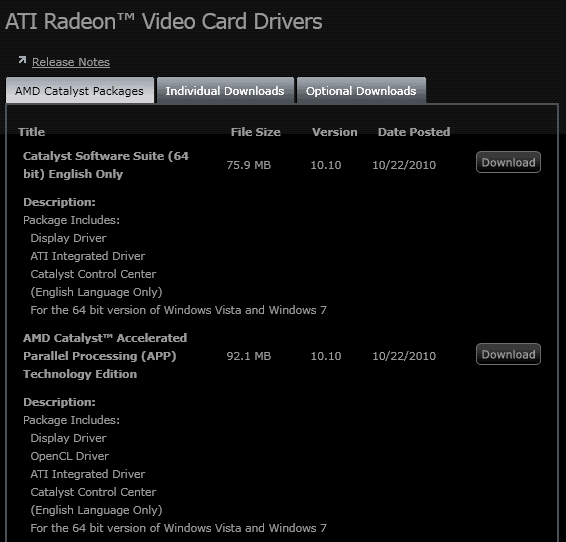


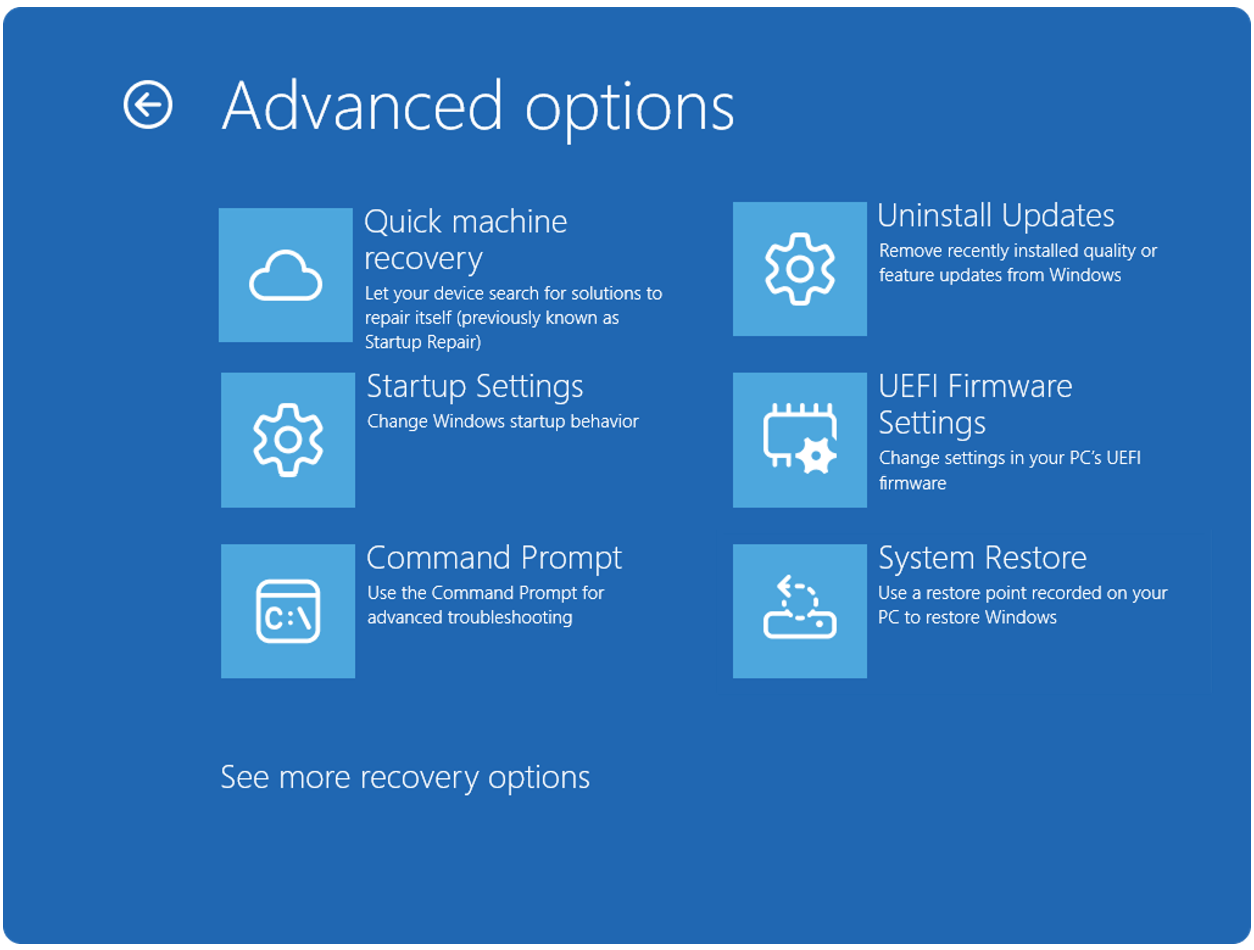
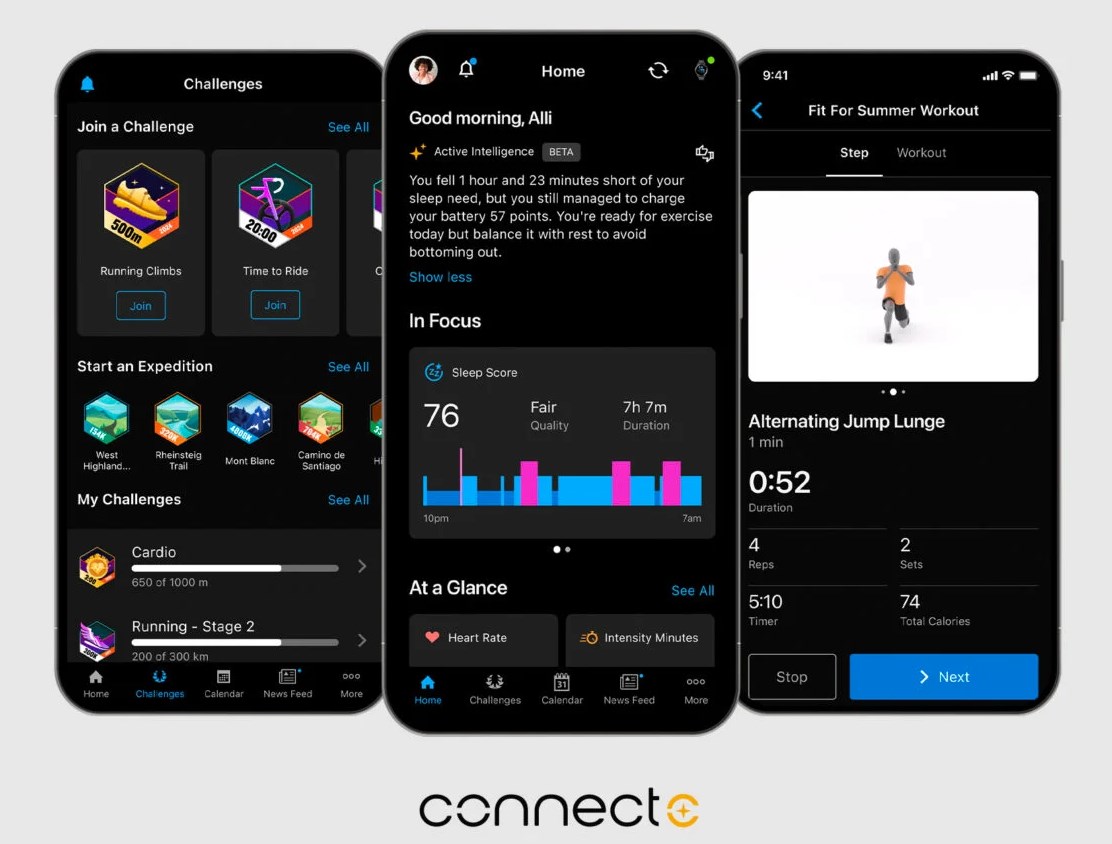
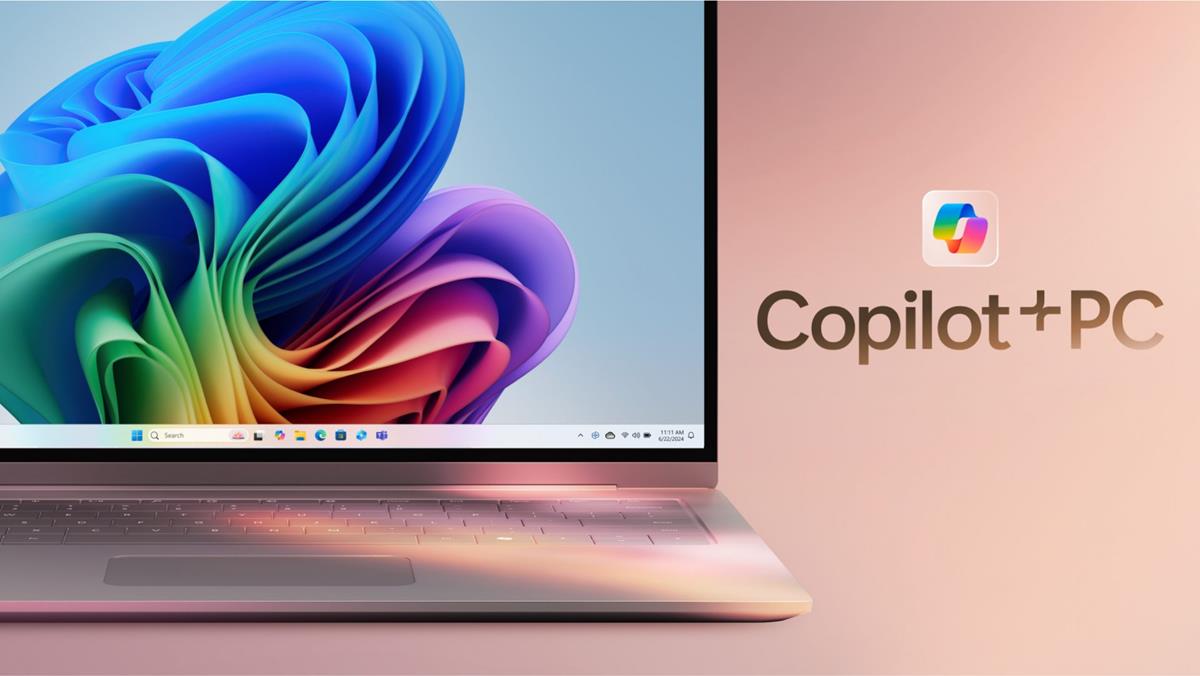
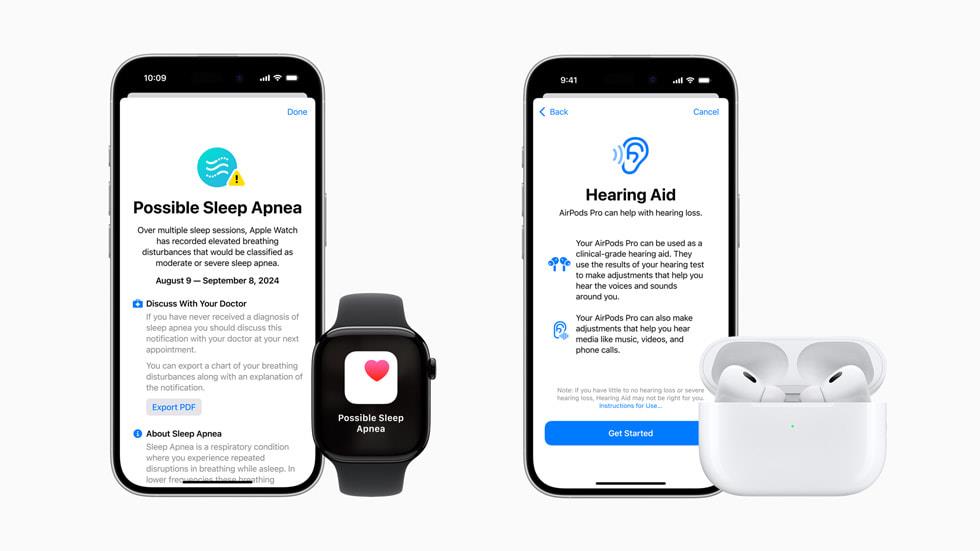



Gigabyte sized HDD in the 1980’s ? Maybe you wanted to say 1990 instead of 1980 LMAO :D My first PC was XT in 1990-91 and it has 5MB HDD ! Then I had 10, 40, 120, 320, 540, 850 MB over the years before 1.08 GB HDD was released on the market in the late 1990’s and it was Quantum BigFoot 5,25 inches :)
Gigabytes is correct, but barely anyone could afford them. https://en.wikipedia.org/wiki/History_of_hard_disk_drives
A lesser known tidbit is that Samsung had some of the very best consumer drivers, but ironically they got acquired by Seagate in 2011 which has some of the worst drivers, at least their consumer line, so inquiring minds would like to know which of the the current Seagate drivers are using Samsung technology.
Yeah and my 1TB, 5 months old, Seagate HDD decided to die just like that. Again. I had a backup, because the drive was a Seagate. Never fails: Seagate drives die faster than any other drives. Seagate make GARBAGE. Imagine filling up 32TB worth of data on a SEAGATE drive muuuuuahahahahahahahahahahahahahahahahahahahahaaaaaaaaaaaaaa oh sweet Lord baby Jesus…
@Seaturd
My anecdotal evidence is worth just as much as yours. The ONLY drive failures I had in the last 20 years were WD drives.
I have a 12 year old 500GB Seagate drv that I put into an external enclosure a while back, it is still going strong. Only a few bad sectors…Would I trust it hold critical data? No. But it still works!
I believe this ‘issue’ boils down to: Personal preference (brand loyalty) versus real data on drive preformace.
With that much data, I’d never put my trust in Seagate. At my job, Seagate and Toshiba are responsible for 95% of drive failures. There’s a reason why they are cheaper than other brands. The most trustworthy brands are WD black and HGST.
@Anonymous said on June 11, 2023 at 7:29 pm
It was WD that sold us SMR NAS drives. WD tried to hide that fact. I don’t trust sneaky liars with my data.
https://www.tomshardware.com/news/wd-red-smr-lawsuit-pays-out-pennies-in-settlement-damages
Seagate are just about the worst drives. Louder and rated the worst when it comes to reliability so thanks but no thanks Seagate.
I could easily use that and then some. I have large amounts of CD’s I have ripped to FLAC and many many movies and a TV series. (mostly if not all older stuff)
You’d be surprised how much it adds up to.
There may be another purpose for drives like this also. If you have purchased many smaller drives over the years you can back them all or many of them up to the one drive which is also a pretty good way to go about it.
That’s just a few reasons that come to mind.
The biggest probably is that NAS systems struggle to keep up and some don’t even support 22TB as is.
NAS Systems are annoying enough as they are and then you have clowns like Synology badgering you to use their own branded drives too.
@Mystique > “Louder and rated the worst when it comes to reliability so thanks but no thanks Seagate.”
I agree, my uncle had two broken HDD by Seagate of 14Gb, that were bought at the same time and both stopped working with a week of difference. By the other side, my father still have the original HDD Seagate of 8Gb in its old W7 laptop since years and years. :S
Sorry for the mistakes, it isn’t actually an 8Gb HDD but a 500Gb one. My uncle’s external Seagate HDD were about 4Tb, sorry my memory wasn’t good enough when I wrote my above comment. They explained me the right store sizes. :S
About 2.25 years ago I paid almost $300 ea for 2 x 12TB Ironwolf Seagate NAS HDDs. Put them into a Synology DS718+. Looks like the same drives on Amazon today are going for $189. Should I have waited for even larger drives to drive (no pun lol) the prices lower, saving myself over $200? IMHO, Nope!
I’ve had some good clean fun playing around / storing and learning all about serving out my 4.56TB and counting worth of media files during the two years. Will I need 20 or 30 or OMG 50TB HDDs anytime soon to replace the 12TBs in my Syn-NAS? Nope again! I’ve an 8TB HDD inside my mid-tower for direct storage of non-critical, not-daily accessed files, so I think I’m pretty much all ‘storaged’ up for the foreseeable future. Oh yeah, my OS and local data are on two separate 1TB / M.2 SSDs. OS runs on the faster M.2, local data on the slightly slower one. Works for me :)
These amounts of storage are only useful for industrial use, no ordinary person can need to store so much information, unless you need to store the WD data breach. Don’t yield, it’s a joke.
WD has 24/48 TB HDDs
@Roger W
WD is a ‘scum bag’ company. Read below for proof…
“As users have reported online, including on Synology-focused and Synology’s own forums, as well as on Reddit and YouTube, Western Digital drives using Western Digital Device Analytics (WDDA) are getting a “warning” stamp in Synology DSM once their power-on hours count hits the three-year mark. WDDA is similar to SMART monitoring and rival offerings, like Seagate’s IronWolf, and is supposed to provide analytics and actionable items.
The recommended action says: “The drive has accumulated a large number of power on hours [throughout] the entire life of the drive. Please consider to replace the drive soon.” There seem to be no discernible problems with the hard drives otherwise.
Synology confirmed this to Ars Technica and noted that the labels come from Western Digital, not Synology. A spokesperson said the “WDDA monitoring and testing subsystem is developed by Western Digital, including the warning after they reach a certain number of power-on-hours.”
The bottom line: WD itself is saying when its NAS drives reach 3 years of power on time they need to replaced. If your WD NAS drive throws this warning you won’t be able to rebuild a RAID set with that drive in the set. Pure villainy, IMHO!
WD & data breach. I’d go for Seagate.
Seagate hardware is unreliable af. Till date all of the 9/10 Seagate drives I used failed on me, compared to just a couple of WDs. Not as bad as the notorious Samsung HDDs of the 90’s but still. Anyways this experience has made me go completely SSD and never going back to those unreliable junk phonograph drives.